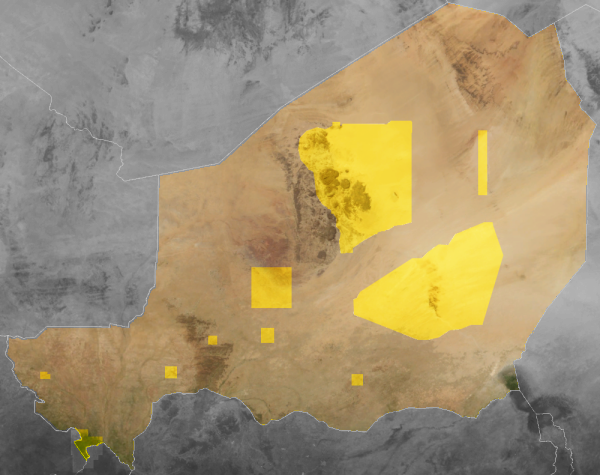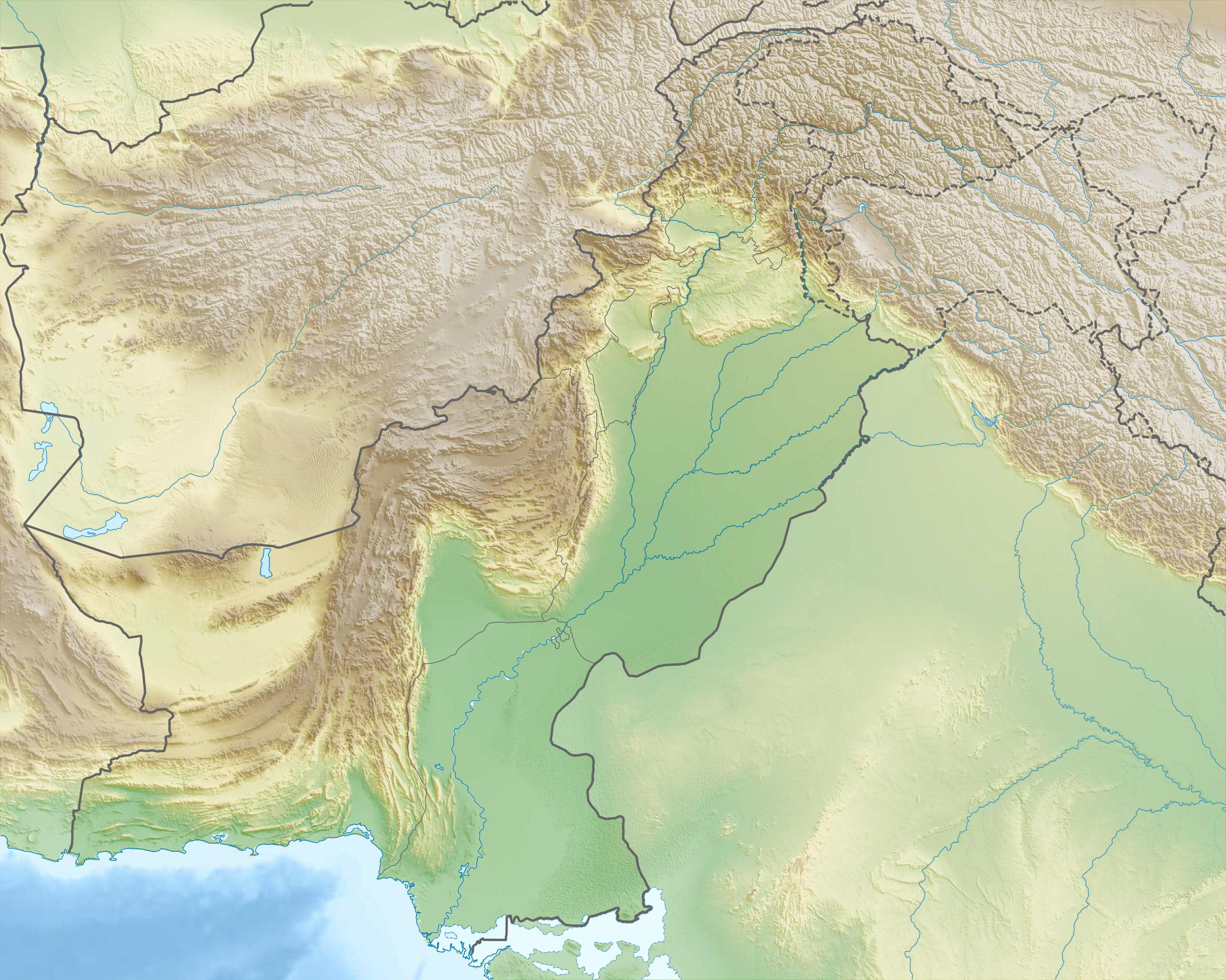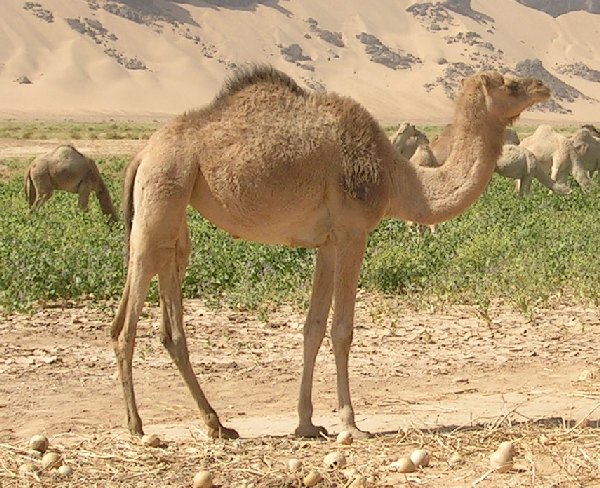|
Protected Areas Of Pakistan
As of present, there are around 400 protected areas in Pakistan that are recognized by International Union for Conservation of Nature (IUCN). The total protected land area represents 13% of Pakistan's landmass as of 2020, The Government of Pakistan plans to increase it to at least 15% by 2023. As a signatory of the UN Convention on Biological Diversity, Pakistan is committed to expanding its protected areas to encompass 17% of its total territory by the year 2030. This ambitious goal aims to ensure the long-term conservation of nature, safeguard vital ecosystem services, and preserve the cultural values associated with these protected areas. Statistics IUCN categories Types of protected areas National parks Wildlife sanctuaries Game reserves Protected wetlands Protected and reserved forests Biosphere reserves See also *Wildlife of Pakistan *Fauna of Pakistan *Flora of Pakistan * Conservation in Pakistan * Forestry in Pakistan * Environmental issues in Pakistan *Li ... [...More Info...] [...Related Items...] OR: [Wikipedia] [Google] [Baidu] |
Protected Area
Protected areas or conservation areas are locations which receive protection because of their recognized natural or cultural values. Protected areas are those areas in which human presence or the exploitation of natural resources (e.g. firewood, non-timber forest products, water, ...) is limited. The term "protected area" also includes marine protected areas and transboundary protected areas across multiple borders. As of 2016, there are over 161,000 protected areas representing about 17 percent of the world's land surface area (excluding Antarctica). For waters under national jurisdiction beyond inland waters, there are 14,688 Marine Protected Areas (MPAs), covering approximately 10.2% of coastal and marine areas and 4.12% of global ocean areas. In contrast, only 0.25% of the world's oceans beyond national jurisdiction are covered by MPAs. In recent years, the 30 by 30 initiative has targeted to protect 30% of ocean territory and 30% of land territory worldwide by 2030; this ... [...More Info...] [...Related Items...] OR: [Wikipedia] [Google] [Baidu] |
Natural Monument
A natural monument is a natural or cultural feature of outstanding or unique value because of its inherent rarity, representative of aesthetic qualities, or cultural significance. They can be natural geological and geographical features such as waterfalls, cliffs, craters, fossil, sand dunes, rock forms, valleys and coral reefs. Locations important to faith groups may be considered natural monuments. Archeological and historical sites linked to the natural environment are also included, such as cave art. This is especially true when relevant to the land of Indigenous Peoples. Protections Under the International Union for Conservation of Nature and Natural Resources guidelines, natural monuments are level III, described as: :"Areas are set aside to protect a specific natural monument, which can be a landform, sea mount, submarine cavern, geological feature such as a cave or even a living feature such as an ancient grove. They are generally quite small protected areas and often ha ... [...More Info...] [...Related Items...] OR: [Wikipedia] [Google] [Baidu] |
World Database On Protected Areas
The World Database on Protected Areas (WDPA) is the largest assembly of data on the world's terrestrial and marine protected areas, containing more than 260,000 protected areas as of August 2020, with records covering 245 countries and territories throughout the world. The WDPA is a joint venture between the United Nations Environment Programme World Conservation Monitoring CentreUNEP-WCMC and the International Union for Conservation of NatureIUCN World Commission on Protected AreasWCPA. Data for the WDPA is collected from international convention secretariats, governments and collaborating NGOs, but the role of custodian is allocated to the Protected Areas Programme of UNEP-WCMC, based in Cambridge, UK, who have hosted the database since its creation in 1981. The WDPA delivers invaluable information to decision-makers around the world, particularly in terms of measuring the extent and effectiveness of protected areas as an indicator for meeting global biodiversity targets. In Oc ... [...More Info...] [...Related Items...] OR: [Wikipedia] [Google] [Baidu] |
Tourism In Pakistan
Tourism is travel for pleasure, and the commercial activity of providing and supporting such travel. UN Tourism defines tourism more generally, in terms which go "beyond the common perception of tourism as being limited to holiday activity only", as people "travelling to and staying in places outside their usual environment for not more than one consecutive year for leisure and not less than 24 hours, business and other purposes". Tourism can be domestic (within the traveller's own country) or international. International tourism has both incoming and outgoing implications on a country's balance of payments. Between the second half of 2008 and the end of 2009, tourism numbers declined due to a severe economic slowdown (see Great Recession) and the outbreak of the 2009 H1N1 influenza virus. These numbers, however, recovered until the COVID-19 pandemic put an abrupt end to the growth. The United Nations World Tourism Organization has estimated that global international t ... [...More Info...] [...Related Items...] OR: [Wikipedia] [Google] [Baidu] |
Geography Of Pakistan
The Geography of Pakistan () encompasses a wide variety of landscapes varying from plains to deserts, forests, and plateaus ranging from the coastal areas of the Arabian Sea in the south to the mountains of the Karakoram, Hindukush, Himalayas ranges in the north. Pakistan geologically overlaps both with the Indian and the Eurasian tectonic plates where its Sindh and Punjab provinces lie on the north-western corner of the Indian plate while Balochistan, most of Khyber Pakhtunkhwa, and Gilgit-Baltistan lie within the Eurasian plate which mainly comprises the Iranian Plateau and the Tibetan Plateau in the north. Pakistan is bordered by Iran to the west, Afghanistan to the northwest, China to the northeast, India to the east, and the Arabian sea to the south. Geopoltically, the nation is situated within some of the most hostile regional boundaries, characterized by territorial disputes and historical tensions, particularly the Kashmir conflict with India, which has led to multip ... [...More Info...] [...Related Items...] OR: [Wikipedia] [Google] [Baidu] |
List Of Zoos In Pakistan
This is a list of zoos, aviaries, aquaria, safari parks, reptile centers, animal theme parks and wildlife parks in Pakistan. For a list of botanical gardens, see List of botanical gardens in Pakistan. Public zoos * Bahria Town Zoos, Lahore * Bahawalpur Zoo, Bahawalpur, Punjab * Citi Housing Zoos, Gujranwala * DG Khan Zoo, Dera Ghazi Khan * Bahria Enclave Zoo, Islamabad * Faisalabad Zoo Park, Faisalabad * Hyderabad Zoo, Hyderabad, Sindh * Islamabad Zoo, Islamabad, Capital Territory * Karachi Zoo, Karachi, Sindh * Lahore Zoo, Lahore, Punjab * Landhi Korangi Zoo, Karachi, Sindh * Morgah Biodiversity Park, Rawalpindi, Punjab * Multan zoo, Multan * Peshawar Zoo, Peshawar, Khyber Pakhtunkhwa * Rawalpindi Zoo, Rawalpindi * Wildlife Park, Rahim Yar Khan, Punjab * Rafay Monkey House, Toba tek singh, Punjab * Multi Gardens Zoo, B-17, Islamabad * Bahria Enclave Zoo , Bahria Enclave, Islamabad Animal theme parks * Jungle World (formerly Jungle Kingdom), ... [...More Info...] [...Related Items...] OR: [Wikipedia] [Google] [Baidu] |
Environmental Issues In Pakistan
Environmental issues in Pakistan include air pollution, water pollution, noise pollution, climate change, pesticide misuse, soil erosion, natural disasters, desertification and flooding. According to the 2020 edition of the environmental performance index (EPI) ranking released by Yale Center for Environmental Law & Policy, Pakistan ranks 142 with an EPI score of 33.1, an increase of 6.1 over a 10-year period. It ranked 180 in terms of air quality. The climatic changes and global warming are the most alarming issues risking millions of lives across the country. The major reasons of these environmental issues are carbon emissions, population explosion, and deforestation. These are serious environmental problems that Pakistan is facing, and they are getting worse as the country's economy expands and the population grows. Although some NGOs and government departments have taken initiatives to stop environmental degradation, Pakistan's environmental issues still remain. Pakistan is ... [...More Info...] [...Related Items...] OR: [Wikipedia] [Google] [Baidu] |
Forestry In Pakistan
The forestry sector of Pakistan is a main source of lumber, paper, fuelwood, latex, medicine as well as food and provide ecotourism and wildlife conservation purposes. 5% of Pakistan's land is covered in forest (2024). The Shangla district is the only district of Pakistan that composed of more than 80% of forest land. Statistics The percentage of Pakistan's area that is forest is disputed. The UN's Food and Agriculture Organisation estimates 2.2% of the total land of Pakistan is covered by forests. On the contrary, Pakistan Forest Institute estimates it to be 5.1%. According to the survey done under the Red Plus programme in 2017, the forest cover of Pakistan is 5.7%. According to survey under Red Plus programme, the Azad Jammu and Kashmir has the highest forest cover at 36.9%, followed by Khyber Pakhtunkhwa (20.3%), Islamabad (22.6%) and Federally Administered Tribal Areas (19.5%). The World Wild Fund report that between 2000 and 2010 Pakistan has lost 43,000 hectares of land ... [...More Info...] [...Related Items...] OR: [Wikipedia] [Google] [Baidu] |
Conservation In Pakistan
Conservation in Pakistan is the act of preserving, guarding, or protecting, biodiversity, environment, and natural resources of Pakistan. Initiatives The Living Indus Initiative is a comprehensive environmental program launched by the Ministry of Climate Change in Pakistan, in collaboration with the United Nations. This initiative aims to protect, conserve, and restore the natural ecosystems within the Indus Basin, which is crucial for the livelihoods of 90% of Pakistan’s population. The initiative addresses the severe environmental degradation caused by climate change, unsustainable population growth, and inefficient resource use. By implementing a series of 25 preliminary interventions, Living Indus focuses on nature-based solutions and ecosystem-based adaptation approaches. These efforts include restoring freshwater, terrestrial, coastal, and marine ecosystems, thereby enhancing the resilience of the Indus Basin against climate impacts. The initiative also emphasizes the impo ... [...More Info...] [...Related Items...] OR: [Wikipedia] [Google] [Baidu] |
Flora Of Pakistan
Pakistan's native flora reflects its varied climatic zones, which range from arid and semi-arid to temperate and tropical. For further details of habitats, see Ecoregions of Pakistan, Forestry in Pakistan and Wildlife of Pakistan. Distribution Northern highlands and valleys Pakistan has conifer forests in most of the northern and north-western highlands. These occur from 1,000 to 4,000 m altitudes. Swat, Upper Dir, Lower Dir, Malakand, Mansehra and Abbottabad districts of Khyber Pakhtunkhwa (formerly North-West Frontier Province) are the main areas covered with coniferous forests. Pindrow fir (''Abies pindrow'') and Morinda spruce ('' Picea smithiana'') occupy the highest altitudes, deodar (''Cedrus deodara'') and blue pine ('' Pinus wallichiana''), the intermediate heights, and chir pine (''Pinus roxburghii''), occupy the lower areas. Eastern plains and deserts In most of Punjab and Sindh, the Indus plains have many fluvial landforms that support various natural biom ... [...More Info...] [...Related Items...] OR: [Wikipedia] [Google] [Baidu] |
Fauna Of Pakistan
Pakistan 's native fauna reflect its varied climatic zones. The northern Pakistan, which includes Khyber Pakhtunkhwa and Gilgit Baltistan, has portions of two biodiversity hotspots, Mountains of Central Asia and Himalayas. Distribution Northern highlands and plains The northern highlands include lower elevation areas of Potohar and Pakistan Administered Kashmir regions and higher elevation areas embracing the foothills of Himalayan, Karakorum and Hindukush mountain ranges. Some of the wildlife species found on northern mountainous areas and Pothohar Plateau include the non-threatened mammal species of bharal, Eurasian lynx, Himalayan goral, Indian leopard, Marco Polo sheep, marmot (in Deosai National Park) and yellow-throated marten and birds species of chukar partridge, Eurasian eagle-owl, Himalayan monal and Himalayan snowcock and amphibian species of Himalayan toad and Muree Hills frog. The threatened ones include Asiatic black bear, Himalayan brown b ... [...More Info...] [...Related Items...] OR: [Wikipedia] [Google] [Baidu] |
Wildlife Of Pakistan
The wildlife of Pakistan comprises a diverse flora and fauna in a wide range of habitats from sea level to high elevation areas in the mountains, including 195 mammal, 668 bird species and more than 5000 species of Invertebrates. This diverse composition of the country's fauna is associated with its location in the transitional zone between two major zoogeographical regions, the Palearctic, and the Oriental. The northern regions of Pakistan, which include Khyber Pakhtunkhwa and Gilgit Baltistan include portions of two biodiversity hotspot, Mountains of Central Asia and Himalayas. Habitats Northern highlands and plains The northern highlands include lower elevation areas of Potohar and Pakistan administered Jammu and Kashmir regions and higher elevation areas embracing the foothills of Himalayan, Karakorum and Hindukush mountain ranges. These areas provide an excellent habitat for wildlife in the form of alpine grazing lands, sub-alpine scrub and temperate forests. Some ... [...More Info...] [...Related Items...] OR: [Wikipedia] [Google] [Baidu] |







